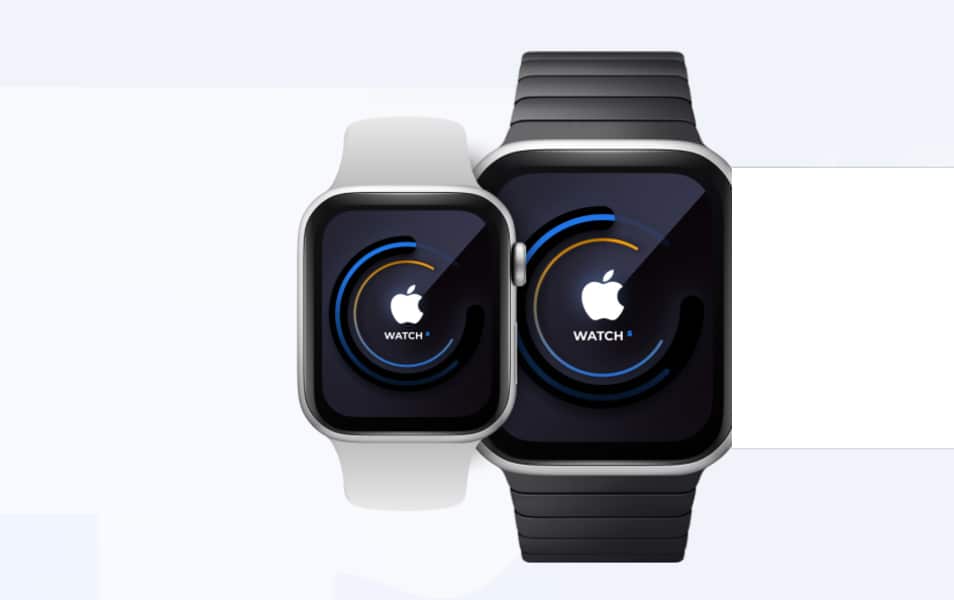

#Figma for mac mac#
Love it or hate it, it’s one of the key product features that makes a Mac laptop, a Mac. The official Figma app doesn’t support the TouchBar. I hooked up a few Objective-C methods to catch the open project in new tab event (WKWebview offers this out of the box) and I was good to go. With a few checkboxes checked in the Xcode interface builder, Figmac supported native tabbed windows.
#Figma for mac windows#
Since the release of MacOS Sierra, adding tabbed windows to native apps has been pretty trivial (as long as the apps architecture is designed to support multiple projects being opened). For example, you can’t simply drag a tab out of the tab stack to create a new window. The official Figma desktop app supports tabbed windows, but they don’t feel very native on the Mac. Adding support to Figmac for this took a few seconds, so now when I browse files on my Mac, I can visually identify which ones are Figma project files, at a glance. If I saved a Figma project to my Mac it didn’t have an easily identifiable Figma file icon. fig files was the lack of file icon support. fig files when they are double clicked in the MacOS Finder.Īnother thing I noticed regarding. So, one of the first things I added to Figmac was the ability to recognise the Figma file format and handle launching and auto importing. I appreciate Figma is geared towards online file management, but this just seemed crazy to me. fig file via the MacOS finder did nothing, the official Figma desktop app didn’t recognise its own file format 😱. I immediately noticed double clicking on a.
#Figma for mac download#
One of the first things I did when I started using Figma was download a few example projects from around the web so I could explore and learn. Because Figma also runs in the browser (very well, I might add), the app just worked as expected when loaded in a WKWebView, delivering the same user experience as using Figma in Safari. Both Blocs and Solis take advantage of the WKWebView, so I was able to get the main Figma application running in its own window in less than 30 minutes, thanks to my past experiences of working with it. This means pulling it down into my own application window was fairly straight forward, thanks to the WKWebView (a native Mac Webkit component that is optimised for WebGL performance). From the web to the desktopįigma is, as we all know, a web based app. Figmac was perfect for my little side project. I appreciate I didn’t really do much aside from adding an extra letter to the end of an already cool product name, but it just worked. In the past I’ve spent months trying to come up with names for apps, so it was rather refreshing to come up with one that I liked, in the time it takes me to walk home from my office. I would avoid doing anything that could potentially hinder the Figma experience, so tapping into the Figma API via JS or modifying the Figma UI with injected CSS was off the cards from the start. In a nutshell, I was essentially going to build a native Mac browser that would be dedicated to Figma. Anyway, to cut a long story short, I decided to write my own Figma desktop app with the mission of making Figma feel, more at home on the Mac. I always like to have a little side project in the summer, something I can tinker with in-between working on Blocs and Solis.

Over the past 5 years I’ve designed and developed two of my own Mac apps, Blocs a visual website builder and Solis a browser for designers and developers.
#Figma for mac software#
After a few hours of using it, I came to the conclusion, the software was amazing, but the desktop experience on the Mac could use a little love.

Like a growing number of designers out there, I recently started using Figma for some of my static app design work. Making Figma feel more at home on the Mac.


 0 kommentar(er)
0 kommentar(er)
